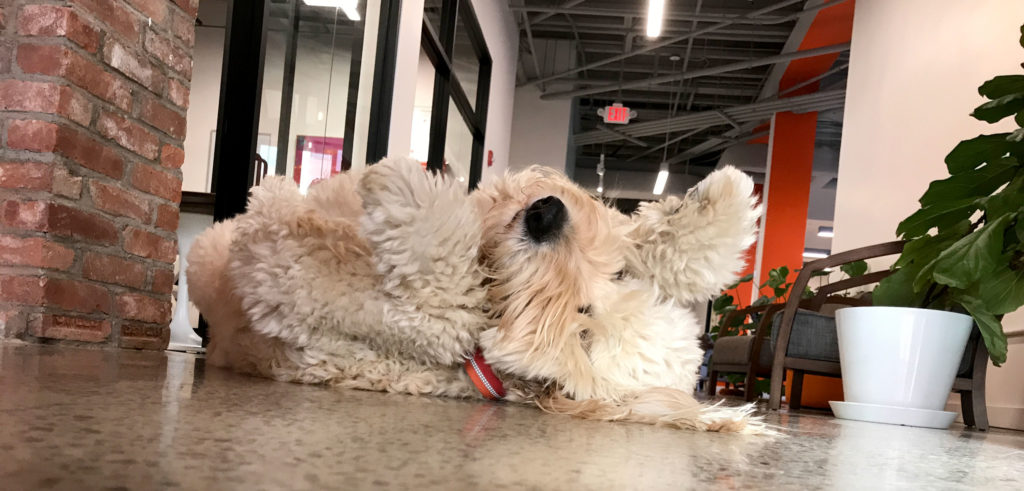Why the Employee Experience Begins with the Candidate Experience


- Author: Melanie Haniph
It’s no secret that providing a positive employee experience delivers a wealth of benefits, including higher employee engagement and lower turnover. But when you provide an equally strong candidate experience as a foundation, the chances of a great employee experience multiply. In fact, creating consistency between the candidate and employee experience gives you a solid springboard from which to begin a prosperous employment relationship.
Despite the reality that many job seekers have had a poor candidate experience—as much as 60 percent of job seekers, according to one survey—it is possible to create a positive candidate experience that carries over into employment.
The Connection Between Candidate and Employee Experience
The experience you offer candidates gives them an indication of what they can expect as employees. For example, if you communicate clearly, build trust, and show empathy during the hiring process, candidates will naturally expect a similar experience after hire.
However, if the employee experience is not as positive as the candidate experience, new hires can quickly become disillusioned. A JobVite survey found that nearly half of employees who said they had left a job within the first 90 days did so because their day-to-day role wasn’t what they expected.
Offering a great employee experience doesn’t have to wait for the first performance review, training course, or promotion. By creating positive experiences for candidates, you can offer them a glimpse of what they might experience as employees.
How to Create an Employee Experience That Flows from a Great Candidate Experience
In a CareerBuilder survey, 78 percent of jobseekers said the overall candidate experience shows how a company values its people. To build a candidate experience that transitions into a positive employee experience, consider the following actions:
1. Streamline your application process
Today’s candidates prefer a one-click application process to one that involves completing several fields and uploading multiple documents. Therefore, make sure the application process is short, easy to navigate, and respects candidates’ time.
2. Involve employees in building your employer brand
Creating opportunities for existing employees to share their experiences offers candidates an authentic view of your organization and culture. For example, you can ask employees to help interview on campus and serve as company “ambassadors” on LinkedIn and social media.
3. Monitor ratings and reviews on Glassdoor and other sites
Staying on top of candidate and employee reviews can help you understand their experiences before and after hire. Moreover, when you respond to reviews, you can potentially boost your employer brand among candidates. In a Glassdoor survey, 62 percent of jobseekers said their perception of a company improved after it responded to a review.
4. Engage your talent pipeline
The individuals you don’t hire can still have a positive candidate experience with your organization. Consider how you can engage them and encourage them to re-apply for positions that might be a better fit. For example, you can share career resources, updates about open positions, and other information about available careers in your organization.
5. Provide candidates with a glimpse into the employee experience
To help candidates get a better sense of a position, provide opportunities to see the job in the day-to-day. For example, we helped TD Bank leverage LinkedIn more creatively to build an employer sub-brand aimed at reaching tech candidates. By giving candidates rich views of available tech-oriented projects and opportunities, the bank attracted new talent to the growing unit.
6. Help candidates transition successfully from candidate to employee
When a positive candidate experience leads to a hire, you want to sustain the momentum and help candidates get acclimated in their early days and weeks on the job. And just because you may have more remote new hires than before the pandemic doesn’t mean you can’t offer a rich onboarding experience. For example, at Ingenuity, we pair new hires with a buddy who helps them navigate internal processes and get to know other members of the team, now virtually.
Since the employee experience begins with the candidate experience, it is essential to have quality and engaging candidate interactions at every stage of the hiring process. By helping candidates understand your culture, processes, and people, you can help them successfully transition into engaged, high-performing employees.


